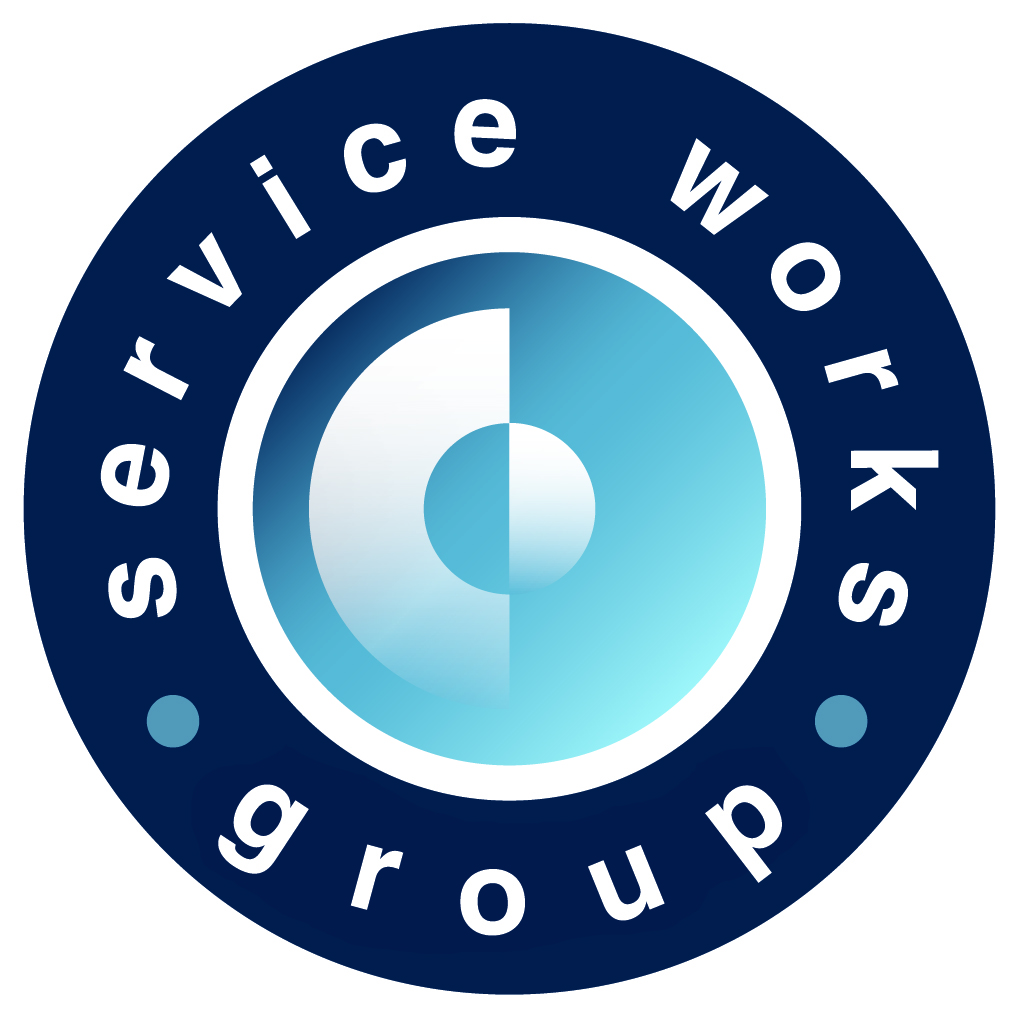Following Service Works Global’s research across Asia Pacific late last year, and further insight gained from meeting facilities managers at the Total Facilities show in Sydney this week, it’s clear that system integration is firmly on the table for the industry in worldwide.
What is integration?
It is well documented that computer aided facilities management (CAFM) bring far reaching benefits to maintenance and facilities managers, with their ability to control the delivery and management of business-critical services. However, this software really comes into its own when integrated with other systems, such as building management systems (BMS), accounting software and security systems. The CAFM then becomes a central hub to access and share the information generated across each integrated system, bringing far-reaching and powerful benefits to the organisations.
This process brings huge efficiencies and cost reductions – for example when a specialist system raises an alarm, this is recorded automatically by the CAFM software against a specific asset or location. A work request is then generated automatically, assigned an appropriate timeframe for resolution, and then passed to an operative. Response times, and therefore potential downtime, are reduced as all alerts are managed and resolved centrally and duplicated requests are eliminated.
Why integrate with CAFM
According to our FM Software Survey 2016 / 17 for the APAC region, 56% of facility managers are already integrating their CAFM with at least one other system, and just under 20% of respondents reported increased ROI compared to those not integrating their FM software systems.
The recently constructed new Royal Adelaide Hospital (nRAH) is a notable example of successful system integration and has been hailed as the largest, busiest and most technologically advanced hospital in Australia. With 800 in-patient rooms, 80,000 same-day and overnight patient admissions per year, and grounds totalling 180,000 square metres, it faces logistical challenges that are comparable with running a self-contained city. In order to support this challenge, a best-of-breed technology solution of 26 systems, which includes robotics and specialised software, has been implemented and is seamlessly coordinated through Service Works’ CAFM application. In many cases, the help desk will be advised of requests electronically, which enables service requests to be automatically issued and rectified before clinical staff are aware of the issue. Integrated systems include Automated Guided Vehicle system (AGV), BMS, Meal Management System, Nurse Call and Security, illustrating the breadth of different software and systems that can work together to help provide the most efficient and streamlined service to the hospital.
Facing the future
Kyle Booth, GM for the Canadian Division of Service Works, urges FMs to use technology to their advantage rather than fearing change. “Often smaller companies are able to adopt the technology faster, because they are nimble, but the process can be slower in larger organisations. The important question though is whether they could yield better profits by harnessing new processes? Instead of fearing change, organizations should challenge technologies in a proof-of-concept scenario rather than waiting for their competition to blaze past them. If you always settle for the status quo, you’ll get left behind.”
For more information about the benefits of integration and how to manage an integration project, request our white paper, ‘Integrating CAFM With Other Organisational Systems’ by clicking here.
Don’t miss out on the latest news, views and trends – sign up to get Service Works’ weekly blog sent directly to your inbox: http://swg.com/blog-signup/






